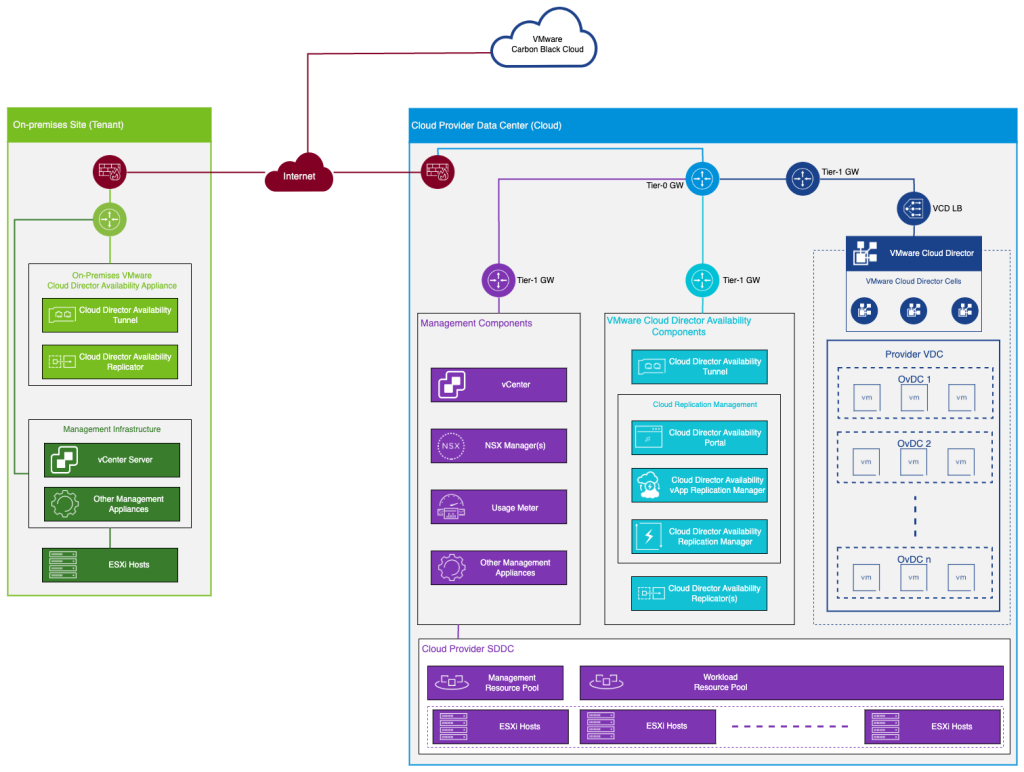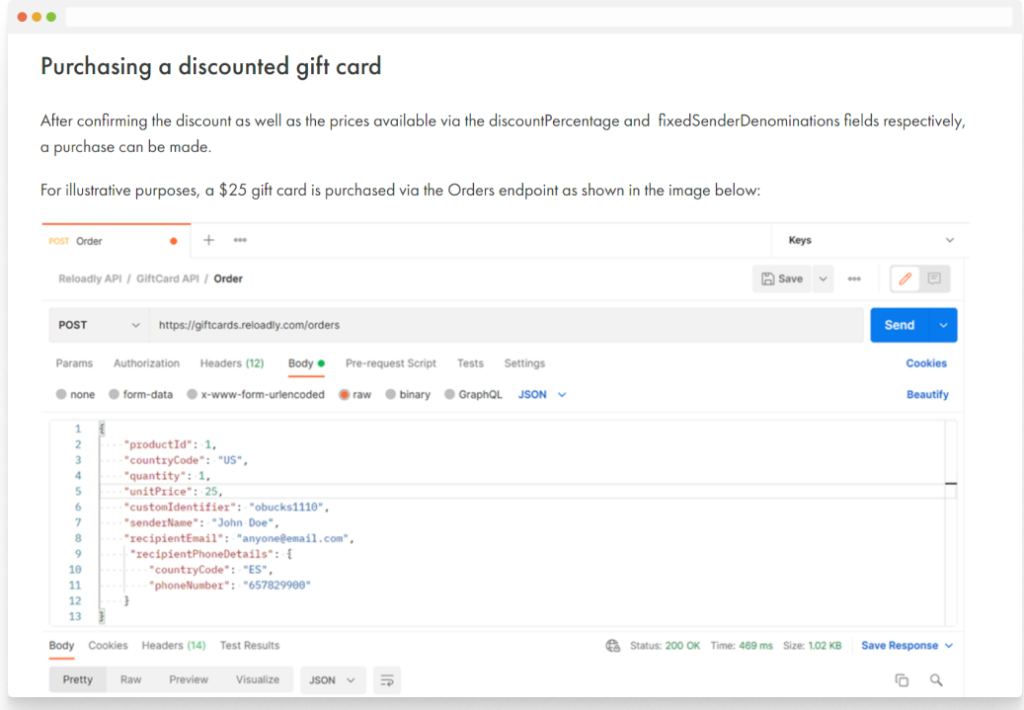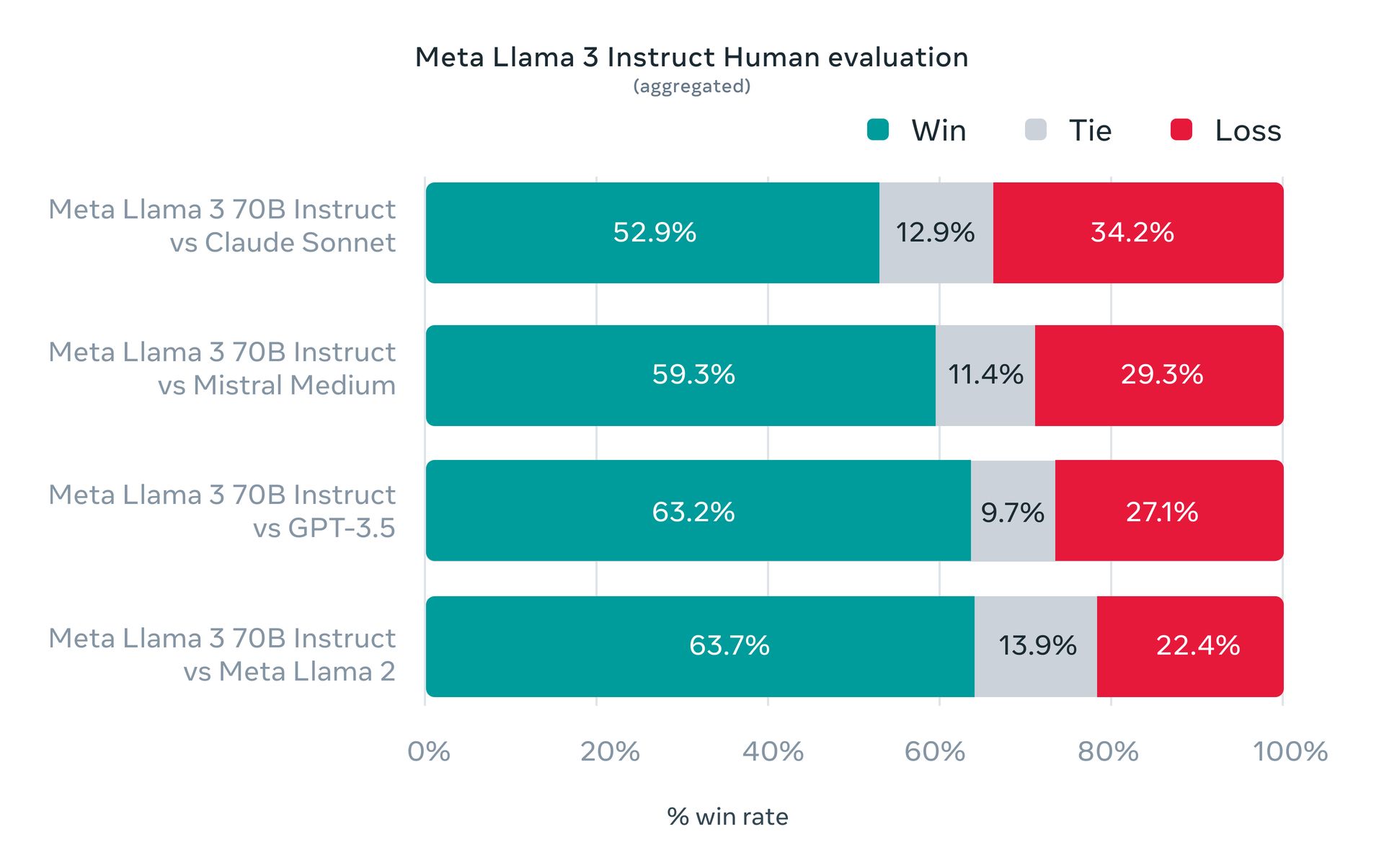Threat hunting is a proactive cybersecurity process that involves specialists, known as threat hunters, searching through networks and datasets to identify threats that automated security solutions may have missed. It requires thinking like an attacker, anticipating their moves, and countering them before they can cause harm. In today’s era of increasingly sophisticated and stealthy threats, threat hunting is an essential tool in our cybersecurity toolbox. It allows us to stay one step ahead of attackers by identifying and mitigating threats before they can cause significant damage.
However, mastering threat hunting is no easy task. It requires a deep understanding of different types of threats and a systematic approach to hunting them down. In the public cloud, there are several types of threats that we can expect:
1. Malware and Ransomware: Malware refers to any software designed to cause harm to computers, servers, clients, or computer networks. Ransomware, a type of malware, locks users out of their data until a ransom is paid. These threats are constantly evolving and becoming more sophisticated, so it’s crucial to understand their behaviors and indicators of compromise to identify and take appropriate action.
2. Data Exfiltration: Data exfiltration, also known as data theft, involves the unauthorized transfer of data from a computer. In the public cloud, where vast amounts of sensitive data are stored, data exfiltration can be particularly damaging. Threat hunters need to understand the various techniques used for data exfiltration and continuously monitor for signs of such activity to identify and stop attempts in their tracks.
3. Identity and Credential Threats: Identity and credential threats involve the unauthorized use of identities or credentials to gain access to systems and data. In the public cloud, where access is often controlled through identity and access management (IAM) systems, these threats can be particularly potent. Threat hunting in this context involves monitoring for unusual activity that may indicate unauthorized use of identities or credentials.
4. Misconfigurations and Vulnerabilities: Misconfigurations and vulnerabilities pose a significant threat in the public cloud. Misconfigurations can expose data or systems to unauthorized access, while vulnerabilities can be exploited to gain access or escalate privileges. Threat hunting involves identifying these misconfigurations and vulnerabilities before they can be exploited, requiring a comprehensive understanding of system configurations and continuous monitoring for changes that could introduce new risks.
To effectively conduct threat hunting in the public cloud, it’s important to follow a general process:
1. Define Scope: Determine the boundaries of the threat hunting search, including the systems, networks, and data to be examined. Set clear objectives to ensure focused and productive threat hunting.
2. Indicators of Compromise (IoCs): Identify potential signs that a system or network may have been breached, such as unusual network traffic patterns or suspicious user activity. This requires a deep understanding of typical behavior and the ability to recognize anomalies.
3. Data Collection: Gather all relevant data that could aid in investigating potential compromises, including log data, network traffic data, system configuration data, and user activity data. Careful planning and execution are necessary to ensure comprehensive data collection.
4. Data Analysis and Querying: Examine the collected data to uncover evidence of a compromise. This requires a deep understanding of the data and the ability to ask the right questions through queries.
5. Correlation and Enrichment: Link related pieces of evidence to create a more complete picture of the potential compromise. Add context to findings through external threat intelligence sources or historical data.
6. Investigation and Validation: Delve deeper into the potential compromise to confirm its existence and understand its impact. Maintain a methodical approach and validate findings through replication or comparison with known threat indicators.
7. Containment and Eradication: Take steps to limit the impact of the threat and remove it from systems and networks. This may involve isolating affected systems, blocking malicious network traffic, or disabling compromised user accounts.
8. Recovery and Documentation: Restore systems and networks to their normal state and document all details of the threat hunting process, including findings, actions taken, and lessons learned. This documentation is valuable for future improvement and compliance purposes.
Threat hunting is an ongoing and complex process. By staying vigilant, proactive, and continuously learning and adapting, we can master the art of threat hunting and ensure the security of our public cloud environments.
Source link






















